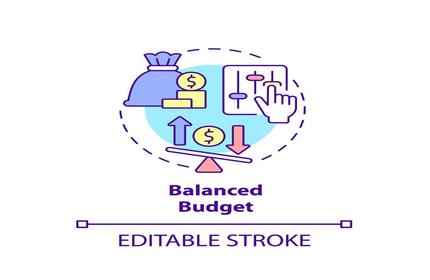For affluent families, achieving financial independence entails more than merely reducing expenses—it requires the intentional arrangement of resources. An effectively designed budget harmonizes lavish lifestyles with future security, transforming sources of income into enduring wealth that supports current pleasures and future independence.

Value-Centric Budgeting Approach
Shift away from random expenditure restrictions to a budgeting method based on value. Classify spending into three categories: “legacy-building” (such as education and family charitable giving), “experience-oriented” (including travel and cultural activities), and “operational.” Devote 40% of the budget to legacy, 30% to experiences, and 20% to operational costs, leaving 10% available for flexible expenditures—ensuring that spending reflects essential family objectives.
Diversifying Income as the Core of Budgeting
A solid budget should hinge on a range of income sources instead of relying solely on salary. Designate parts of passive earnings (like rental income and dividends) to manage fixed costs, allowing active income to be used for discretionary expenses and investments. For instance, allocate rental income to pay operational expenses, enabling earned money to be invested in high-growth opportunities or enriching experiences.

Shielding Luxury Budgets from Inflation
Expenditures on luxury items are vulnerable to inflation—protect it by creating designated reserves. Dedicate 5% of your monthly income to a "luxury inflation reserve," which ought to be invested in assets that safeguard against inflation, including rare artworks or valuable metals. This reserve ensures that discretionary expenses on things like private travel or premium memberships are shielded from economic variations. Furthermore, evaluate the fund’s distribution every three months to adjust for changing inflation rates; for instance, raise the allocation to short-term inflation-adjusted bonds during times of significant price increases to strengthen security for future luxury purchases.

Planning Budgets for Future Generations
Involve future generations in budget planning to cultivate enduring independence. Set aside resources for a family educational endowment or a youth entrepreneurship fund, fostering financial literacy and securing their future. This approach not only alleviates future financial pressures but also promotes a culture of prudent wealth management.
Additionally, organize these funds with adaptable withdrawal regulations linked to specific milestones, such as educational accomplishments or approvals of business proposals, to promote responsible spending. Consistent family financial seminars can further support this initiative by enabling younger family members to learn about monitoring investments and making knowledgeable choices together with older generations.
Buffers for Variable Expenses to Enhance Adaptability
Affluent families encounter unpredictable costs (like home renovations or art purchases). Set aside 15% of monthly earnings as a buffer for variable expenses, kept in a liquid but high-yield account. This strategy prevents the necessity of accessing long-term investments for unanticipated expenses, thereby ensuring budget consistency.
Frequent Budget Reviews for Continued Relevance
Perform budget reviews every quarter with family members and financial advisors. Examine spending in relation to value categories, evaluate the performance of income sources, and modify financial allocations as family objectives change—whether it’s expanding charitable efforts or reducing costs on infrequently used memberships. This continuous process ensures the budget remains flexible and aligned with financial independence goals.

Small-Cap vs. Large-Cap Funds: Where Should You Invest?

Money's Journey: From Yu'E Bao to Funds

Best Savings Accounts for Children in 2024

30s & Beyond: Smart Retirement Reserves

The Allure of Gold Beans for Youth

Understanding AI-Driven Insurance

Elevate Your Financial Standing: Young Adults' Guide
